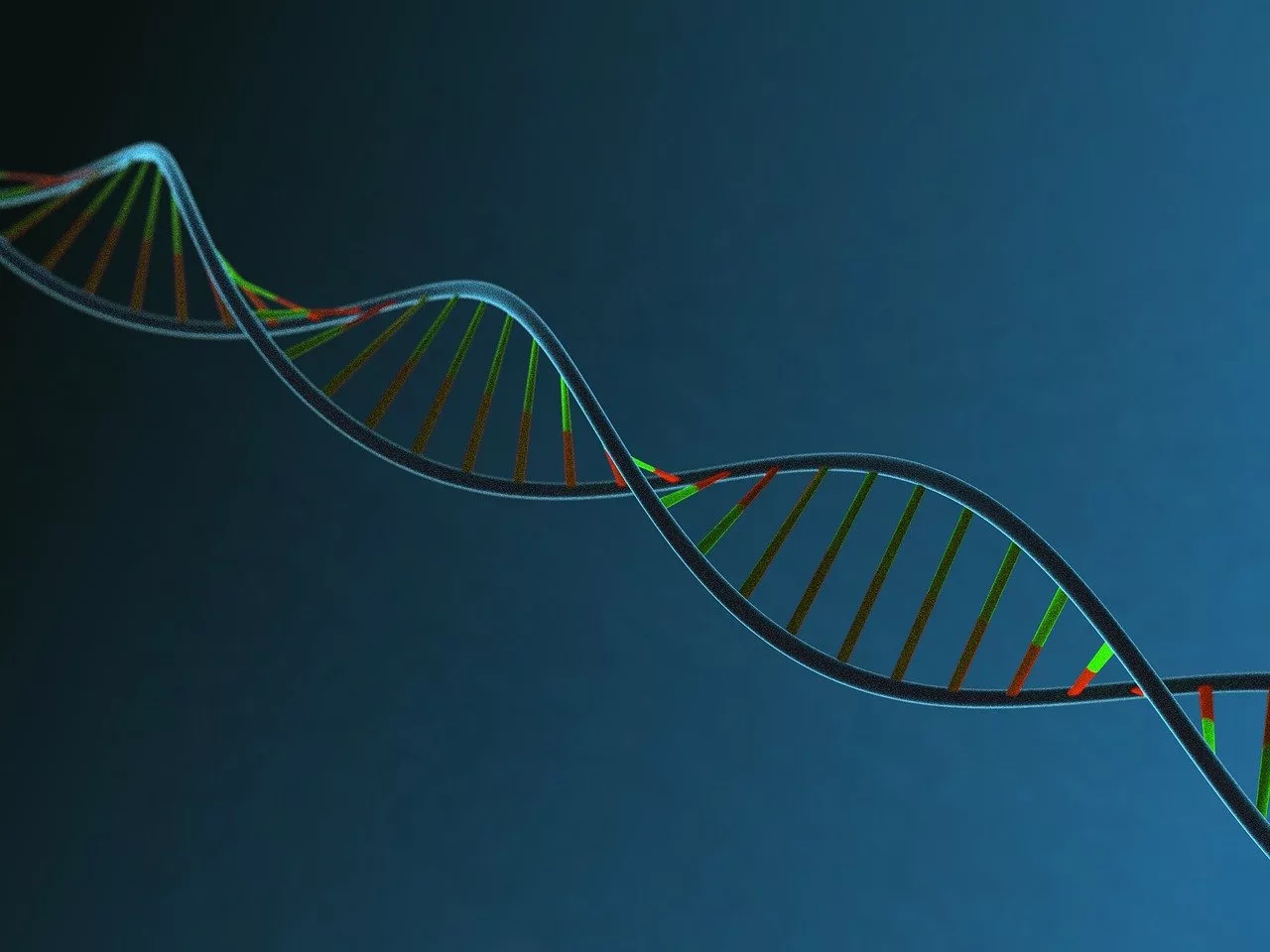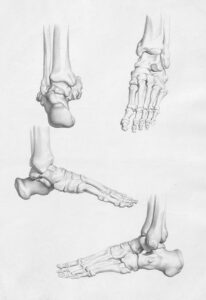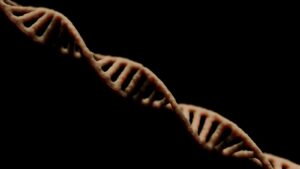The phenomenon of the Lazarus Effect in genetics—where so-called “dead” genes regain function and emerge as active players in evolution—is a striking reminder of the adaptability and ingenuity of life at the molecular level. Named after the biblical figure Lazarus, who rose from the dead, this concept underscores the fascinating capacity of evolution not only to create new genes and traits but also to breathe life back into genetic material once thought obsolete. These genes, often dismissed as evolutionary relics, are either repurposed or fully reactivated to serve new roles, helping organisms adapt to changing environments or reclaim traits that were previously lost.
The revival of dormant genes challenges the traditional notion that genetic deactivation is a one-way street. It also sheds light on the interplay between environmental pressures, genetic flexibility, and the dynamic processes that drive evolutionary change. This article delves into the science behind the Lazarus Effect, exploring the mechanisms by which inactive genes are resurrected, providing examples from nature, and discussing the profound implications for evolution, medicine, and our understanding of genetic plasticity.
Understanding “Dead” Genes: What Are They?
Genes are segments of DNA that encode instructions for producing proteins, which are essential for virtually every biological process. However, not all genes remain functional over evolutionary time. Some lose their ability to code for proteins or perform their intended roles, becoming what scientists call pseudogenes. These genes accumulate mutations that prevent their expression or disrupt their functionality, leading to their “death” as active components of the genome.
Pseudogenes arise through several pathways:
- Gene Duplication and Divergence: When a gene is duplicated, one copy may continue to perform its original function while the other copy, freed from selective pressures, accumulates mutations and becomes inactive.
- Loss of Function Through Mutation: Random mutations, such as insertions, deletions, or point mutations, can disrupt a gene’s coding sequence or regulatory regions, rendering it nonfunctional.
- Genomic Rearrangements: Structural changes in the genome, such as deletions or inversions, can separate a gene from its regulatory elements, silencing its activity.
Although pseudogenes are often considered “junk DNA,” they are not entirely useless. In some cases, they may retain residual regulatory functions, influence the activity of other genes, or serve as raw material for evolutionary innovation. The Lazarus Effect occurs when these seemingly defunct genes are reactivated, either regaining their original function or acquiring a new role.
The Resurrection Process: How ‘Dead’ Genes Come Back to Life
The resurrection of dormant genes is a complex process that involves various genetic, epigenetic, and environmental factors. While the exact mechanisms depend on the specific gene and organism, several pathways have been identified as contributors to the revival of pseudogenes.
1. Reverse Mutation
In some cases, mutations that initially rendered a gene inactive are reversed by subsequent mutations. For example, a single nucleotide change that disrupts a gene’s coding sequence can be corrected by another mutation, restoring the gene’s ability to produce a functional protein. This process is rare but demonstrates the dynamic nature of genetic material.
2. Compensatory Mutations
When multiple mutations are responsible for a gene’s inactivity, compensatory mutations elsewhere in the genome can restore its function. For example, a new regulatory sequence might evolve to replace a damaged one, allowing the gene to be expressed again. Similarly, structural changes in the protein-coding region can compensate for earlier defects, re-establishing functionality.
3. Horizontal Gene Transfer
Horizontal gene transfer, the movement of genetic material between organisms, can facilitate the resurrection of dormant genes. This process is especially common in bacteria but has also been observed in higher organisms. A pseudogene may regain functionality if a similar gene from another organism introduces the missing components needed for activity.
4. Epigenetic Reactivation
Epigenetic changes, such as the removal of silencing marks like DNA methylation or histone modifications, can restore the expression of previously inactive genes. This form of reactivation does not involve changes to the DNA sequence itself but rather modifications to how the gene is read and expressed.
5. Selective Pressure
Environmental changes or shifts in ecological niches can create selective pressures that favor the reactivation of dormant genes. For instance, if a previously unnecessary trait becomes advantageous, natural selection may drive the repair or repurposing of pseudogenes associated with that trait.
The Lazarus Effect in Nature: Examples of Gene Resurrection
The resurrection of genes is not just a theoretical concept—it has been observed in numerous organisms across the tree of life. These examples illustrate how “dead” genes can return to life and contribute to adaptation and survival.
1. Antarctic Icefish Hemoglobin Genes
Antarctic icefish (Channichthyidae) are unique among vertebrates because they lack functional hemoglobin, the protein responsible for oxygen transport in blood. This adaptation allows them to survive in oxygen-rich, freezing waters. However, studies have shown that some icefish species retain remnants of hemoglobin genes that were previously thought to be nonfunctional. Under certain environmental conditions, these genes exhibit partial reactivation, suggesting that icefish populations could reclaim this lost trait if oxygen availability decreases.
2. Enamel-Related Genes in Toothless Mammals
Tooth enamel, the hard outer layer of teeth, is a hallmark of many vertebrates. Some mammals, like pangolins and anteaters, have lost enamel due to evolutionary pressures favoring other adaptations. However, their genomes still contain remnants of enamel-producing genes, such as ENAM. Under the right conditions, these genes show signs of partial reactivation, indicating the potential for the trait to re-emerge.
3. Human Olfactory Receptors
Humans possess a significant number of pseudogenes related to olfactory receptors, reflecting a reduced reliance on the sense of smell compared to other mammals. Yet, some of these pseudogenes have been found to be reactivated, contributing to individual variations in odor detection. This phenomenon demonstrates the potential for “dead” genes to regain functionality in response to environmental or dietary changes.
4. Antibiotic Resistance Genes in Bacteria
Bacteria provide some of the most striking examples of the Lazarus Effect. Genes conferring antibiotic resistance often exist as dormant pseudogenes within bacterial populations. Under the selective pressure of antibiotic use, these genes can be reactivated, allowing bacteria to survive and thrive in hostile environments.
Implications of the Lazarus Effect
The resurrection of genes has far-reaching implications for evolutionary biology, medicine, and our understanding of genetic systems. It highlights the resilience and adaptability of life at the molecular level and underscores the importance of genetic flexibility in evolution.
1. Evolutionary Innovation
The Lazarus Effect demonstrates that evolution is not solely a process of forward progression. Instead, it is a dynamic interplay of gain, loss, and recovery. Resurrected genes can be repurposed to serve new functions, providing a source of genetic innovation and contributing to an organism’s ability to adapt to new challenges.
2. Human Health and Disease
Pseudogenes and their resurrection have significant implications for human health. For example, some pseudogenes are implicated in cancer, where their reactivation can drive tumor growth or resistance to therapy. Conversely, understanding how pseudogenes are reactivated may lead to novel treatments for genetic disorders or regenerative medicine.
3. Genetic Engineering and Synthetic Biology
The study of resurrected genes offers insights into the mechanisms of gene regulation and repair, which could inform advances in genetic engineering and synthetic biology. Scientists could potentially harness the principles of gene resurrection to design synthetic genomes or restore lost traits in endangered species.
Challenges and Future Directions
While the Lazarus Effect is a compelling area of study, it also presents significant challenges. Identifying functional pseudogenes and understanding the conditions under which they can be reactivated require sophisticated tools and experimental validation. Additionally, the long-term evolutionary consequences of resurrected genes remain an open question.
Areas for Future Research
- Mapping Potentially Resurrectable Genes: Developing computational models to predict which pseudogenes have the highest likelihood of regaining functionality.
- Exploring Environmental Triggers: Investigating the role of ecological changes in driving the resurrection of genes.
- Therapeutic Applications: Translating insights from gene resurrection into treatments for genetic diseases or age-related conditions.
Conclusion
The Lazarus Effect—the resurrection of “dead” genes—reveals the incredible adaptability of life and the dynamic nature of evolution. Far from being relics of the past, pseudogenes serve as reservoirs of genetic potential, ready to be called into action when circumstances demand. Through mechanisms such as reverse mutations, compensatory changes, and selective pressures, these genes can re-emerge to play critical roles in adaptation, survival, and even human health.
As our understanding of the Lazarus Effect grows, it opens new doors for exploring the complexities of evolution, addressing medical challenges, and harnessing genetic ingenuity for scientific and practical applications. This phenomenon underscores the resilience of life at the molecular level, demonstrating that even genes once thought “dead” can rise again to shape the future of living organisms.




